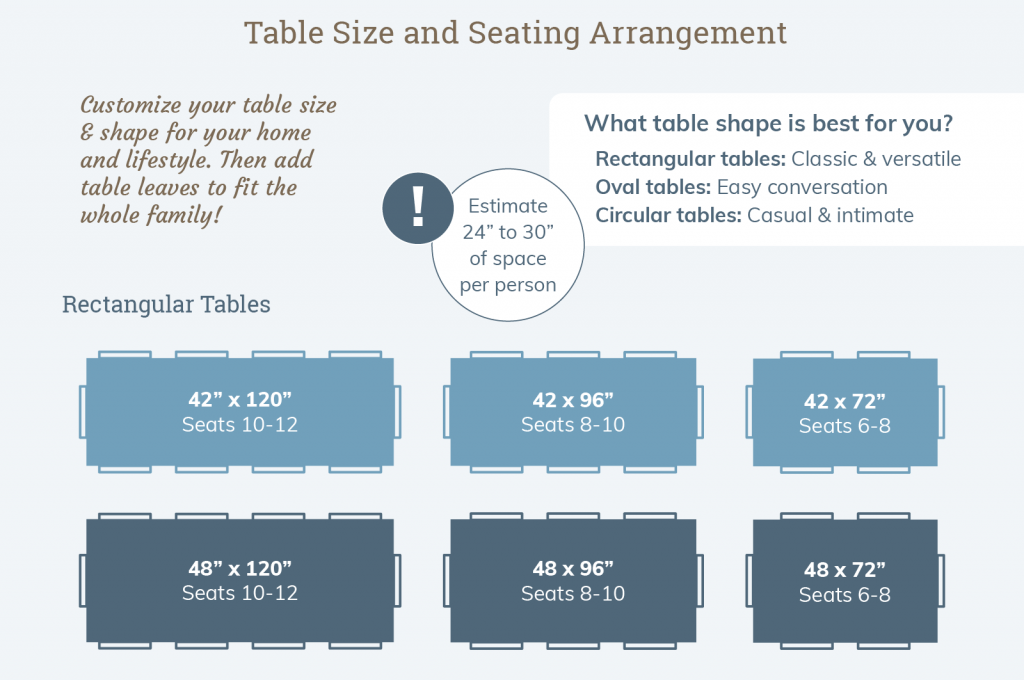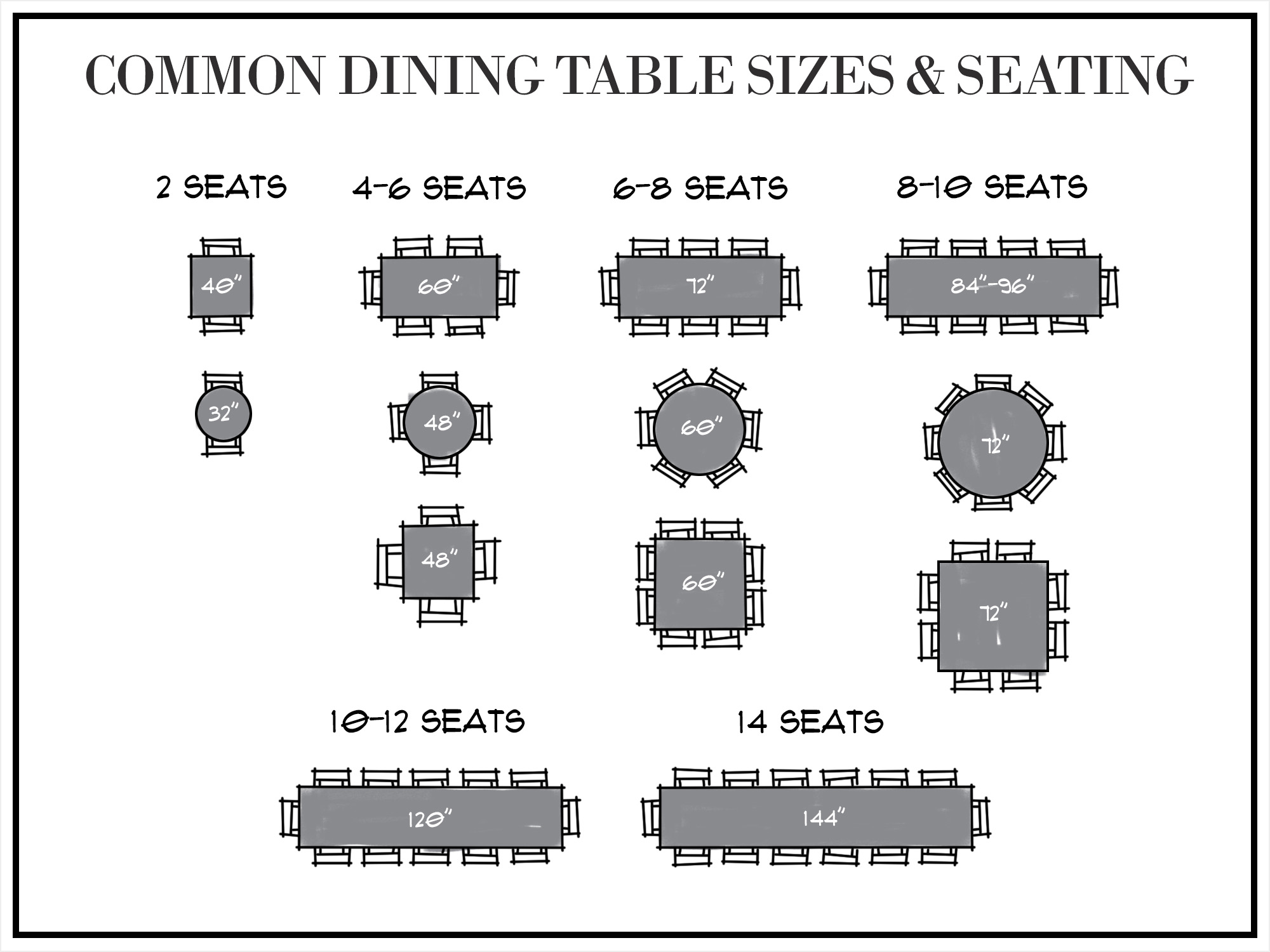Understanding Chair Clearance Around Tables

Adequate chair clearance around tables is crucial for comfortable and functional seating arrangements in various settings. It ensures that people can easily move in and out of their chairs without bumping into the table or other furniture, creating a pleasant and safe dining, working, or social gathering experience.
Factors Influencing Chair Clearance
The necessary chair clearance around a table is influenced by several factors, including the table’s shape, size, and intended use.
- Table Shape: Circular tables typically require less clearance than rectangular tables because there are no corners to navigate. Square tables fall somewhere in between, requiring more clearance than circular tables but less than rectangular tables.
- Table Size: Larger tables naturally require more chair clearance to allow for comfortable movement.
- Intended Use: The intended use of the table also plays a role. For example, a dining table will require more clearance than a coffee table, as people need more space to move their legs and arms freely while eating.
Chair Clearance Recommendations, Chair clearance around table
- Dining Tables: A general rule of thumb for dining tables is to allow at least 24 inches of clearance between the chair back and the table edge. This provides ample space for people to sit comfortably and reach their food without feeling cramped.
- Coffee Tables: Coffee tables typically require less clearance than dining tables. A minimum of 18 inches is recommended to allow for comfortable legroom.
- Desks: Desks require sufficient clearance for users to sit comfortably and work without feeling constrained. A minimum of 20 inches of clearance between the chair back and the desk edge is recommended.
Measuring and Calculating Chair Clearance: Chair Clearance Around Table

Determining the appropriate chair clearance around a table is essential for comfortable and safe dining experiences. This section Artikels the steps for measuring and calculating the ideal clearance for your specific table and chairs.
Measuring Chair Clearance
To ensure comfortable seating, you need to measure the space required between the table edge and the back of a chair when someone is seated. Follow these steps to determine the ideal chair clearance:
- Choose a representative chair: Select a chair that is typical of the ones you plan to use with the table. Consider the size and shape of the chair seat and back.
- Measure the chair depth: Measure the distance from the front edge of the chair seat to the back of the chair, where the backrest meets the seat. This measurement represents the chair’s depth.
- Measure the chair width: Measure the width of the chair seat, ensuring to include any armrests. This measurement represents the chair’s width.
- Measure the table depth: Measure the depth of the table from the edge of the tabletop to the wall or other obstruction behind it.
Chair clearance around table – Once you have these measurements, you can calculate the ideal chair clearance.
Calculating Ideal Chair Clearance
The ideal chair clearance is the minimum distance between the back of a seated person and the table edge. This clearance allows for comfortable movement and prevents bumping into the table.
The ideal chair clearance can be calculated using the following formula:
Chair Clearance = Table Depth – (Chair Depth + 12 inches)
The additional 12 inches represents the recommended minimum space between the back of the seated person and the table edge for comfortable movement.
Practical Tips for Achieving Optimal Chair Clearance
- Consider the table shape: Round tables generally require less clearance than square or rectangular tables because they provide more open space around the perimeter.
- Factor in the chair style: Chairs with high backs or large armrests will require more clearance than chairs with low backs or no armrests.
- Allow for traffic flow: Ensure sufficient clearance between the table and any walkways or other furniture to allow for easy movement around the table.
- Utilize space efficiently: Consider using chairs with smaller footprints or adjusting the table placement to maximize available space.
Ensuring sufficient chair clearance around a table is crucial for comfortable and safe dining. However, sometimes space is limited, and traditional chairs might not be ideal. For those situations, consider a chair that attaches to table , which offers a unique solution.
These chairs often fold or tuck away, maximizing space when not in use. This allows you to enjoy your meals without the feeling of being cramped, while still maintaining a tidy and organized dining area.
When arranging your dining space, remember the importance of adequate chair clearance around the table. This allows for comfortable movement and prevents any accidental bumps. If you’re looking for a unique seating option, consider a papasan chair. They offer a cozy and relaxed feel, and you can even personalize them by learning how to sew a papasan chair cover.
Just make sure to factor in the larger footprint of a papasan chair when planning your table’s placement and chair clearance.
